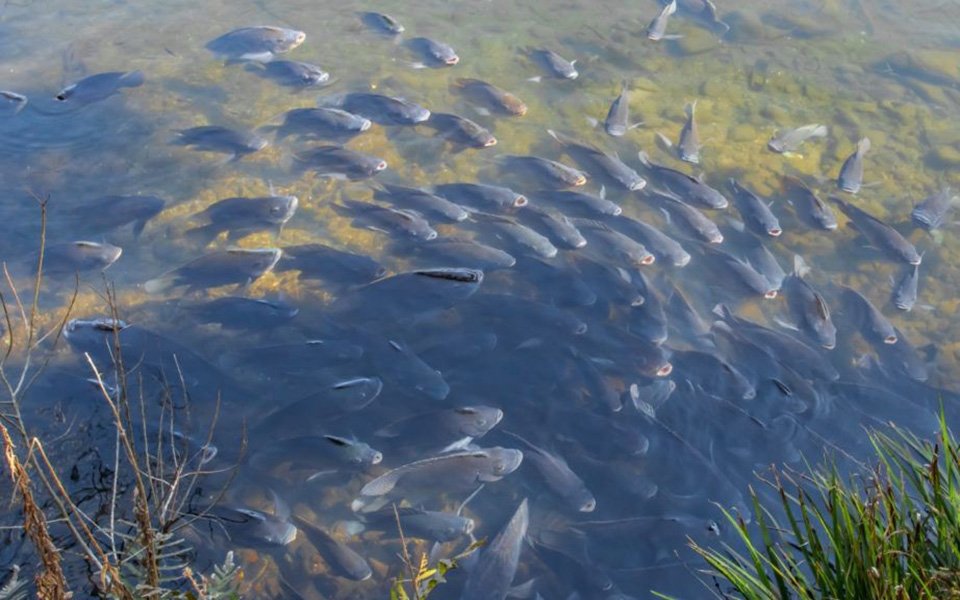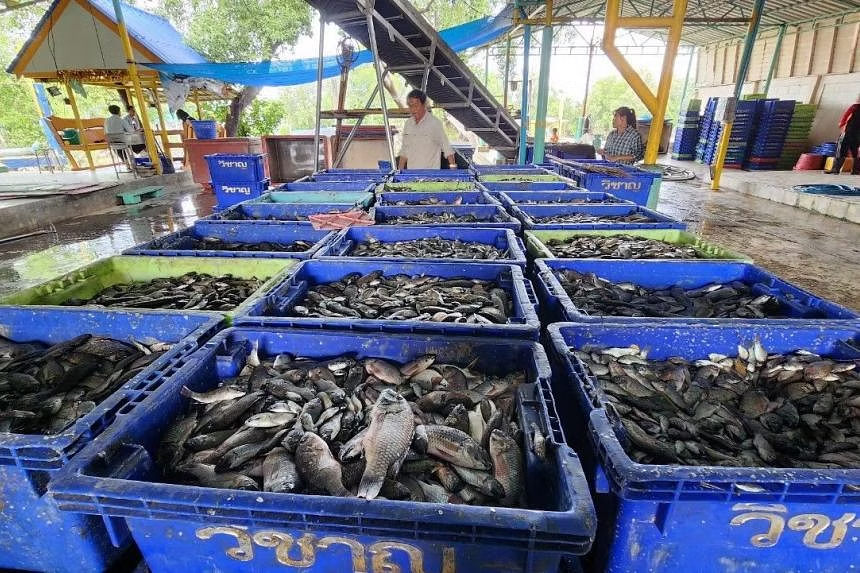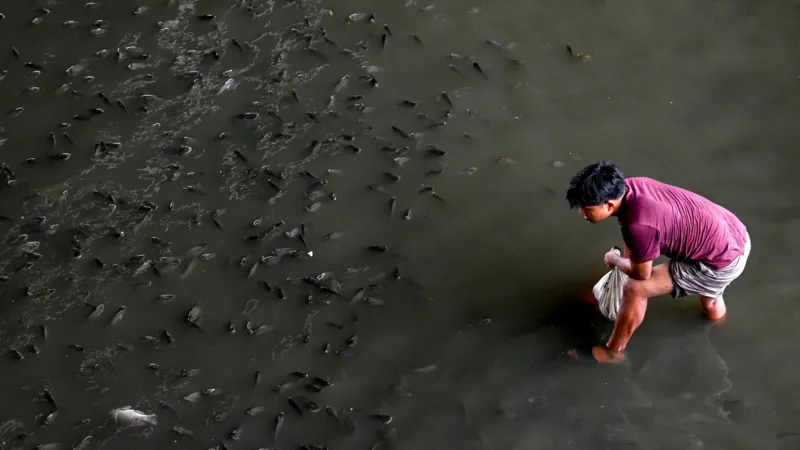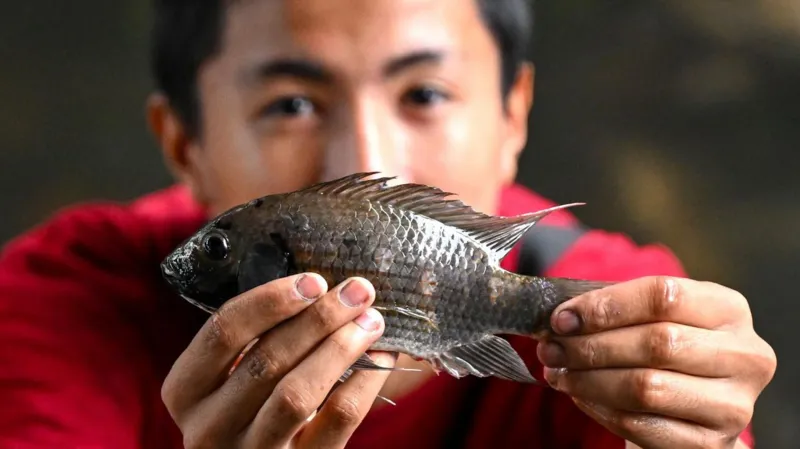Blackchin tilapia, an invasive fish species from West Africa, is wreaking havoc in Thailand, where it has earned the unwelcome title of being the “most invasive species” ever introduced into the country. Officials and environmental experts have warned of the enormous damage this exotic fish is causing to Thailand’s aquatic ecosystem, agriculture and economy. Despite efforts to control its spread – from large-scale fishing initiatives to genetic modifications – blackchin tilapia continues to spread throughout Thailand’s waterways, affecting at least 17 provinces.

Thailand has faced blackchin tilapia outbreaks before, but none have been as widespread or damaging as the current situation. Bangkok MP Natthacha Boonchaiinsawat has been a vocal critic, declaring in parliament, “We will not hand over a devastated ecosystem to the next generation.” Her comments underscore growing concern among Thai officials and environmentalists about the long-term impact of this invasion. Nattacha estimates that the current outbreak could cost the Thai economy at least 10 billion baht (about $293 million USD) in losses. The main problem lies in the diet of blackchin tilapia: they prey on small fish, shrimp and snail larvae – species that are vital to Thailand’s aquaculture and fisheries industries. Since these industries are a vital part of the local economy, the invasive species threatens livelihoods and food security. The problem is further compounded because the fish have the ability to thrive in a variety of water environments, from brackish water to fresh and saltwater environments, making them particularly resilient and difficult to control.

Call to action: mass fishing campaigns and cash incentives In response to the crisis, the Thai government has taken several initiatives to curb the spread of blackchin tilapia. For months, the government has encouraged people to actively participate in catching these fish. Initially, the government offered 7.5 Baht per kilogram for each blackchin tilapia caught. However, to encourage participation, this rate was later doubled to 15 Baht (about $0.42 USD) per kilogram. The results have been striking. In the suburbs of Bangkok, crowds armed with plastic basins and makeshift fishing equipment are wading knee-deep into water in rivers and swamps. The sight of hundreds of people united to catch these invasive fish has become common, reflecting a unique community effort against a growing ecological threat. While these efforts have removed a significant amount of blackchin tilapia, experts warn that this alone will not solve the problem. The species is known for its rapid reproduction rate; a single female blackchin tilapia can produce up to 500 fingerlings at a time. This makes it nearly impossible for human efforts alone to sustain their population growth. Natural predators and genetic modification: a multi-faceted strategy Realizing the limitations of human intervention, Thai authorities have also turned to biological solutions. They have released predators of blackchin tilapia, such as Asian seabass and long-whiskered catfish, into affected areas in the hope that these fish will naturally reduce the population. However, this method has its own risks, as introducing a new species to control an invasive species can sometimes have unexpected ecological consequences. In addition to natural predators, Thai scientists are working on a more technologically advanced solution: genetically modified blackchin tilapia that are designed to produce sterile offspring.

This genetic modification approach aims to introduce sterile individuals into the population, thereby reducing the number of fertile fish and slowing their rapid reproduction rate. If successful, the government plans to release these genetically modified tilapia into the wild by the end of the year. Despite these measures, MP Natthacha and other environmental advocates believe more needs to be done. “Who will win?” Natthacha asked rhetorically. “We need people to follow the case closely, otherwise this matter will go quiet, and we will hand over this kind of environment to the next generation.” The Mystery of the Invasion: How did it start? The origins of the spread of blackchin tilapia in Thailand still remain unclear and controversial, adding another layer of complexity to the crisis. One leading theory suggests that the invasion can be traced to an experiment conducted by Charoen Pokphand Food (CPF), a subsidiary of Thailand’s largest conglomerate, Charoen Pokphand Group (CP Group). In late 2010, CPF reportedly imported 2,000 blackchin tilapia from Ghana as part of a research initiative. The company says all the fish died and were properly buried, but just two years later, an outbreak of blackchin tilapia was reported in Thailand, including in areas near the CPF laboratory. This has raised suspicions that some fish may have escaped or were not disposed of.
